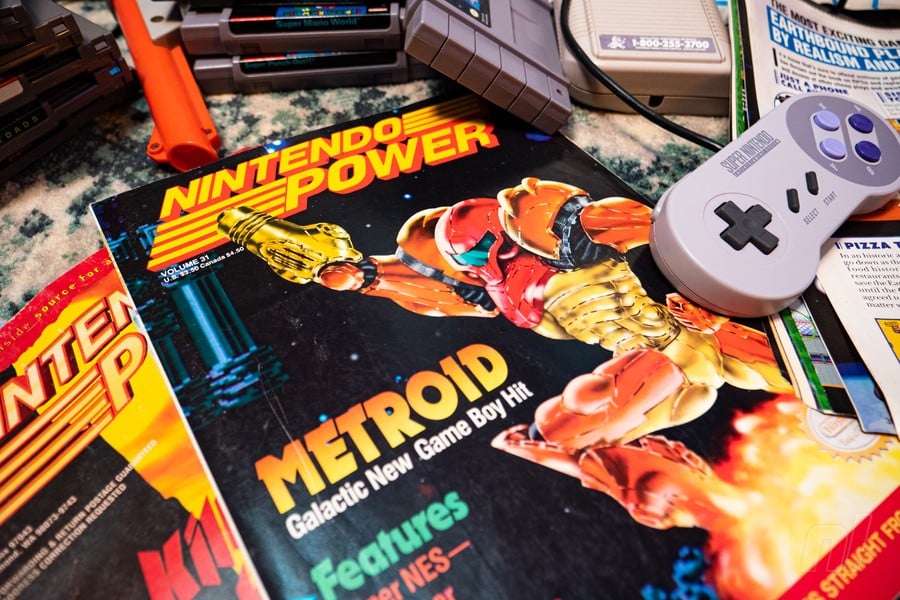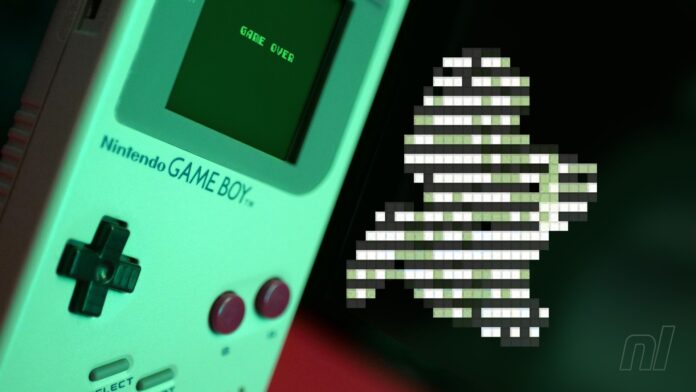I recently started playing Metroid II: Return of Samus for the first time. I’m not sure why. Maybe it was a way of staving off my intense cravings for Metroid Prime 4: Beyond, which as of writing still doesn’t have a launch date more concrete than the vague ‘2025’ window Nintendo revealed over a year ago. In any case, Metroid II impressed me almost immediately, but it wasn’t until I saw heroine Samus Aran die that I realised just how unique it is in relation to the rest of the series.
While the video game industry places a lot of importance on the benefits of more powerful hardware, developers can also do incredible things when presented with limitations. Metroid II, released in North America in late 1991 before making its way to Japan and Europe the following year, is a great example of this phenomenon. The changes made to ensure the nascent Metroid formula was readable on the Game Boy’s small, colourless screen resulted in a handheld adventure still praised today for its austere atmosphere.
Metroid II is claustrophobic, at least when compared to its predecessor on the Nintendo Entertainment System. The rooms in both games may not be much different in size, but the portable sequel focuses so closely on Samus that it often feels as if there’s barely any space to navigate its tunnels and passageways. Metroid II’s perspective shift, combined with its story about genociding the series’ eponymous parasites, makes for a game that’s dark and oppressive while still managing to feel like a natural next step in what, at the time, was a young franchise.

My first few hours with Metroid II were uneventful. I messed around with the controls and acclimated to the grayscale environments of the Metroid homeworld before settling in to Samus’ mission of extermination. As these things often go, I soon found myself low on health courtesy of the planet’s dangerous inhabitants. I scrambled to reach a previous save point to avoid losing several precious minutes of progress, but eventually my reserve energy tanks hit zero after taking too many hits. And that’s when Samus surprised me by simply… fading away.
I’ve grown accustomed to one of two things happening when you die in a Metroid game. The first, seen in almost every other 2D instalment, is that Samus and her suit will explode into several pieces. The second – and infinitely more traumatic, at least in the case of Metroid Prime 2: Echoes – is watching Samus’ visor blink out from a first-person point of view and then being treated to the sounds of her heart flatlining and/or the image of blood spreading slowly across the game over screen. Dying is climactic and every game in the series makes it feel important.
Well, every game except Metroid II, of course. As shown in the video below, Samus doesn’t explode, and the game over screen is nothing more than white text on a black screen. She just ceases to exist, the hundreds of pixels that make up her sprite disappearing line by line until nothing is left. The game leads us to believe Samus is the only person capable of eliminating the Metroid threat, but it treats her defeat with hardly any reverence at all.
The observable universe is calculated to be a region of about 410 nonillion cubic light-years potentially containing as many habitable planets as there are grains of sand on all of Earth’s beaches, and that’s just what we can see with current technology. Reality itself could very well be infinite. Sure, our limited perspective may make us feel like we’re all there is, but in the grand scheme of things, what impact does the life of any one person truly have on the universe as a whole? If a global population of over 8.2 billion people amounts to just a drop in the universal bucket, then the death of a single bounty hunter — or even a handful of space jellyfish — is so cosmically insignificant, it may as well have not happened at all.
It’s hard to say if Nintendo intended to impart this kind of existential crisis with Metroid II. Maybe the developers struggled with translating the death animation from the previous game onto the Game Boy screen and felt a short fade-out would be enough to convey Samus’ demise. Metroid II may seem like an outlier when compared to the rest of the franchise thanks to the perspective provided by the intervening decades, but at the time of its release, it was just the second game in the series. Aspects of the Metroid formula we take for granted today were still being hammered out. It’s entirely possible I’m placing too much importance on a three-second animation.

But isn’t that what’s great about art? It allows us to go deep on topics that may seem thin on paper but touch us in meaningful ways. A small team at Nintendo made a relatively minor decision about what happens when the player dies, and almost 34 years later, it’s making me think about my place in the universe.
Even today, Metroid II is a crowning achievement, equal parts compelling in its presentation and impressive in how it manages to provide a sprawling adventure on the first-generation Game Boy. Its utter indifference towards Samus Aran relegates her to an insignificance that stands in stark contrast to the almost godlike figure she’s become in modern instalments. While the rest of the series often turns Samus’ death into the kind of spectacle reserved for fallen heroes, Metroid II instead reflects our own vast, unfeeling universe with what amounts to a shrug. We all just fade away.

